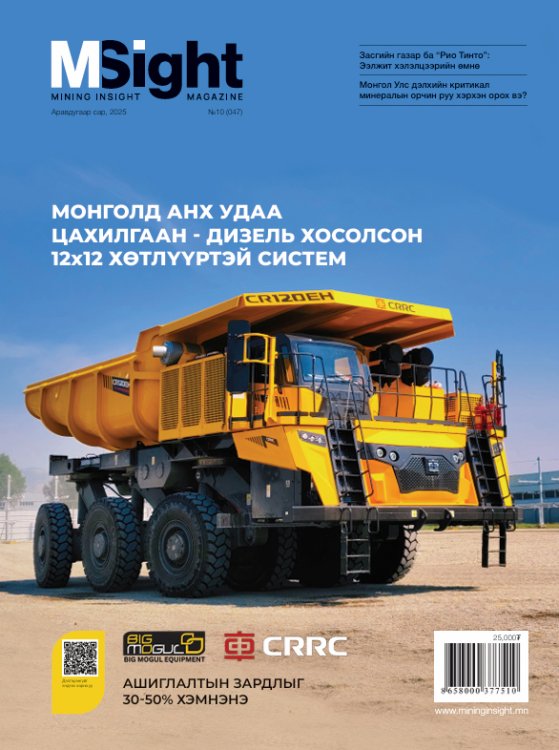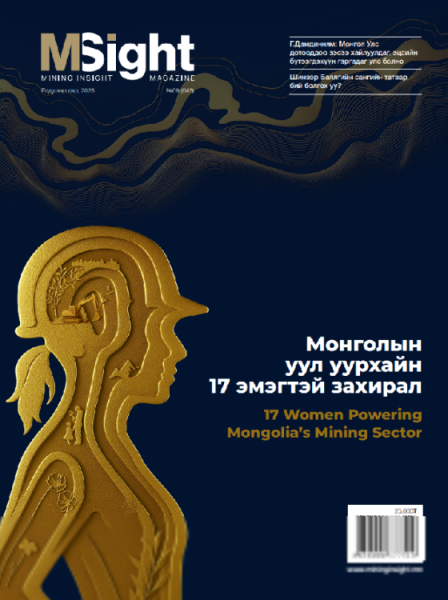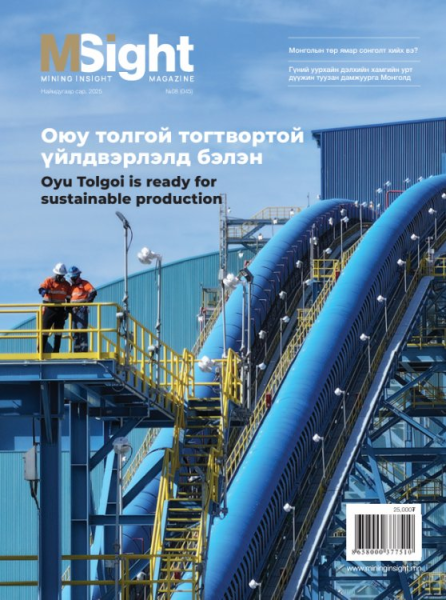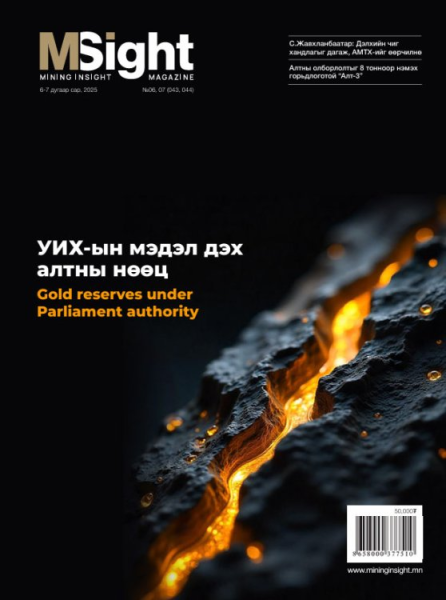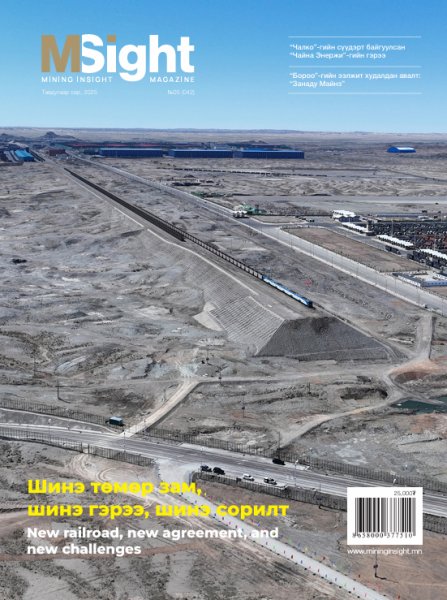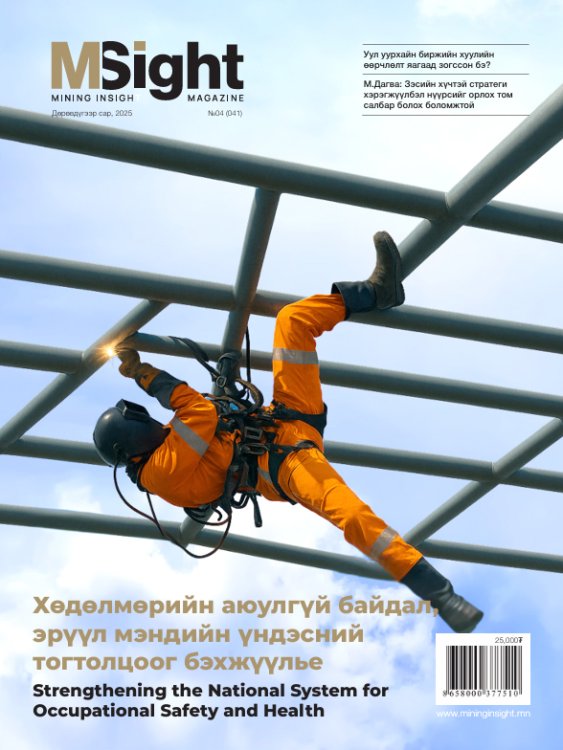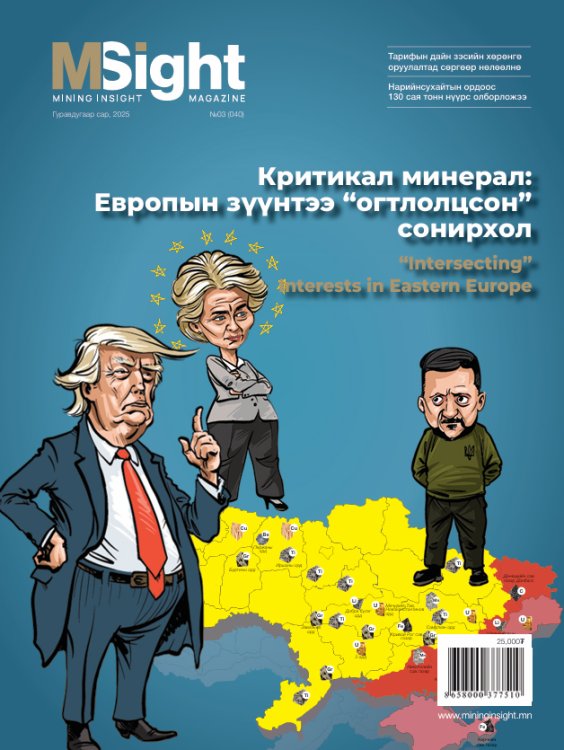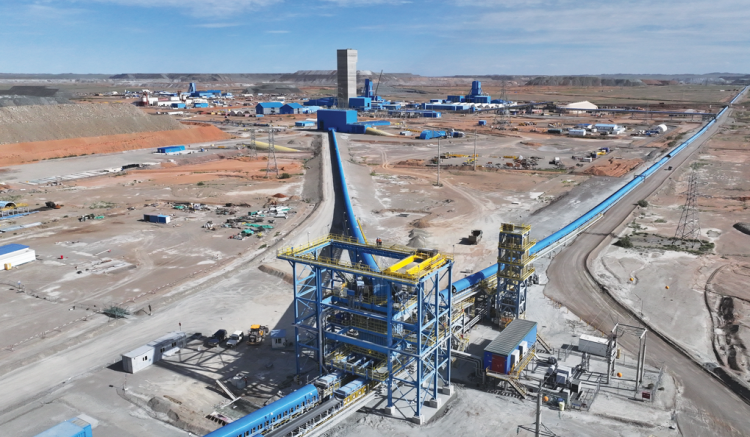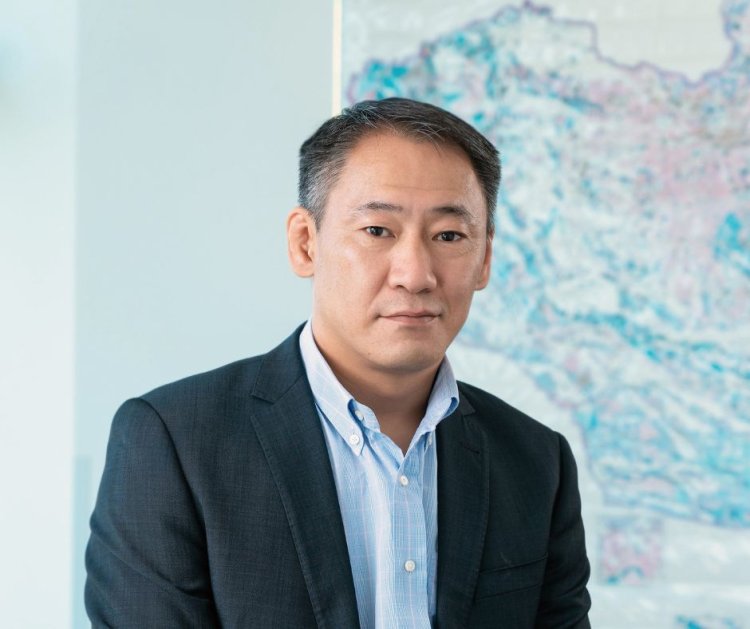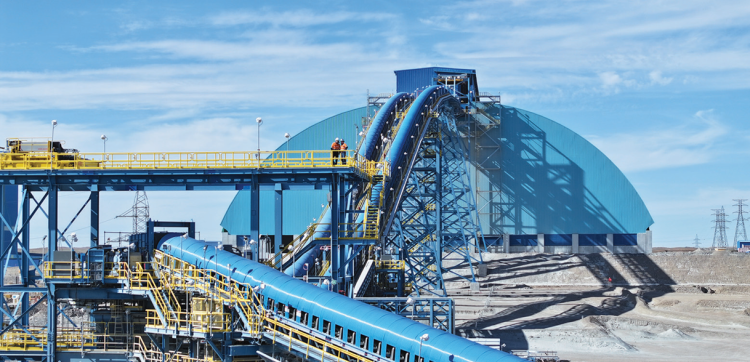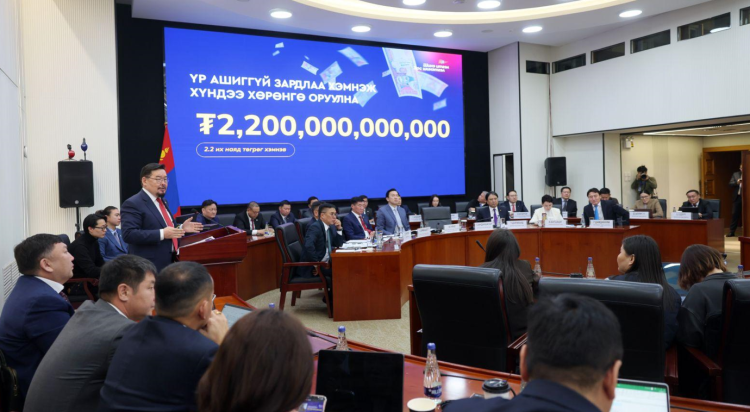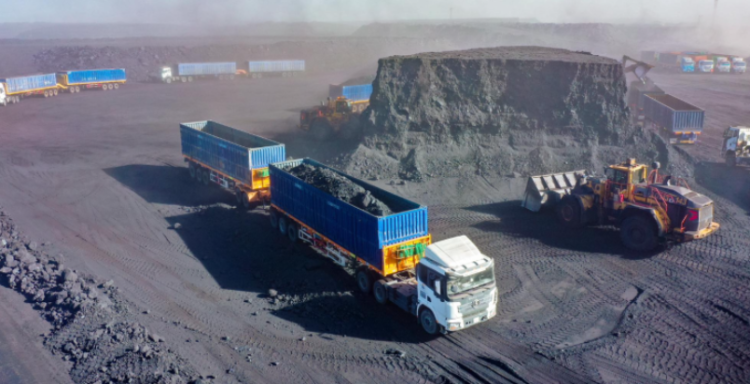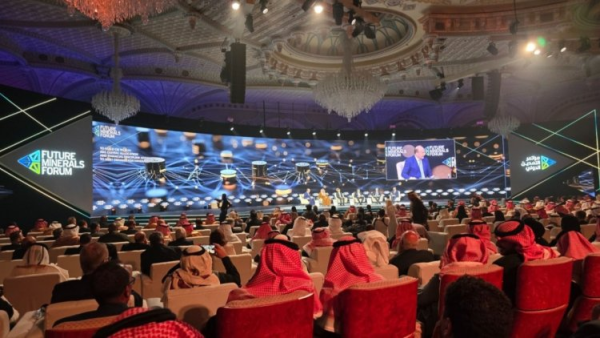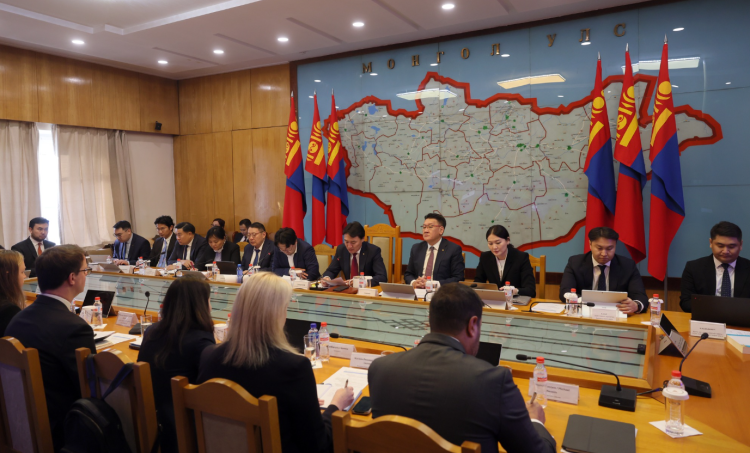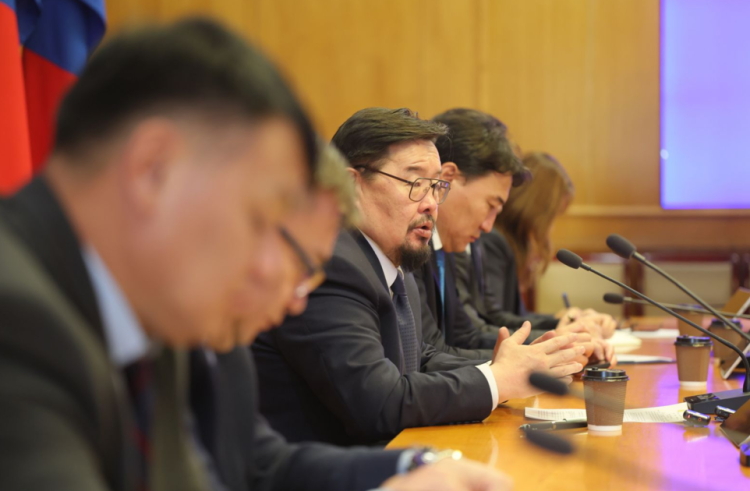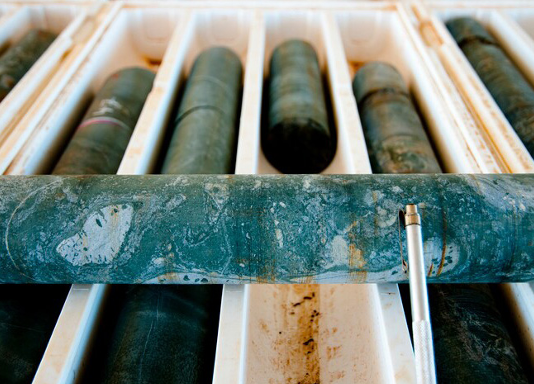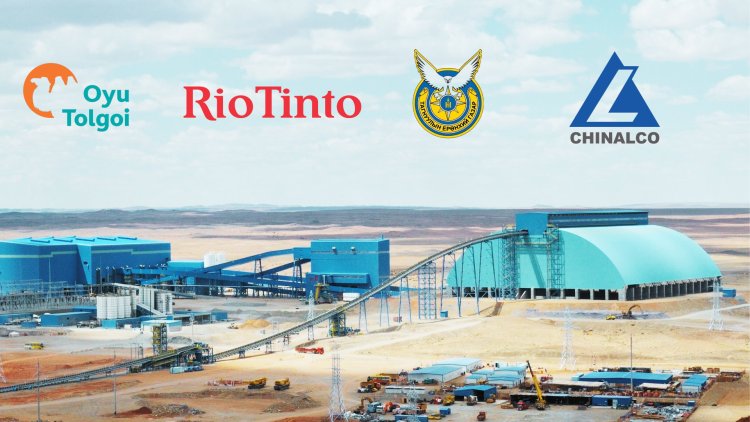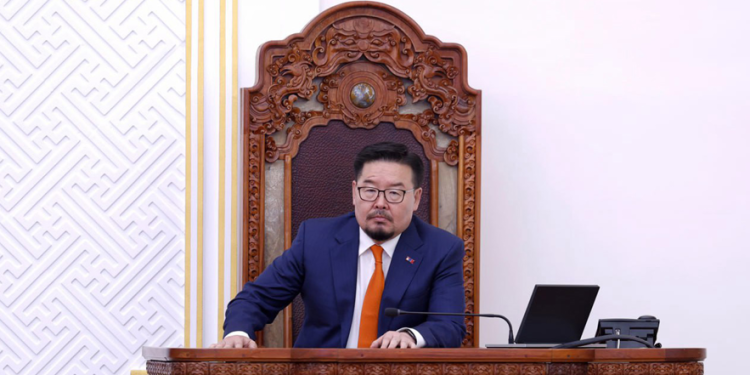S.BOLD-ERDENE
It has been 16 years since the signing of the Oyu Tolgoi Investment Agreement. In human terms, this is a long time, but for a mining project and for a nation it is a relatively short period. Within that time, Mongolia has become home to a world-class mining complex equipped with cutting edge technology. Until recently, we spoke of the “Oyu Tolgoi project.” Today, however, it is more accurate to speak of the “Oyu Tolgoi integrated business.” The shift in language reflects the reality that plans once confined to paper have materialized, and the days of imagining the future in hypothetical terms are behind us. From now on, speculative words such as “someday” or “to be built” no longer apply to Oyu Tolgoi. At a depth of 1,300 meters, more than 200 kilometers of tunnels have already been constructed, where hundreds of miners now work to extract over 30,000 tons of ore daily. In the coming three to four years, underground production is expected to reach 95,000 tons per day. Earlier this year, Oyu Tolgoi completed construction of its ore processing infrastructure. After seven years of work, an advanced eight kilometer long conveyor system transporting ore from the underground to the surface was commissioned just two months ago, while a three-year expansion of the processing plant has also been completed. The start of underground mining marks a turning point, with wide-ranging economic benefits. To highlight just one: in the first half of this year, the average ore grade from the open-pit mine was 0.44 percent, whereas the underground ore grade reached 2.09 percent. This means the underground mine yields nearly four times more copper. Oyu Tolgoi has thus completed all the necessary preparations to become the world’s fifth largest copper complexes.
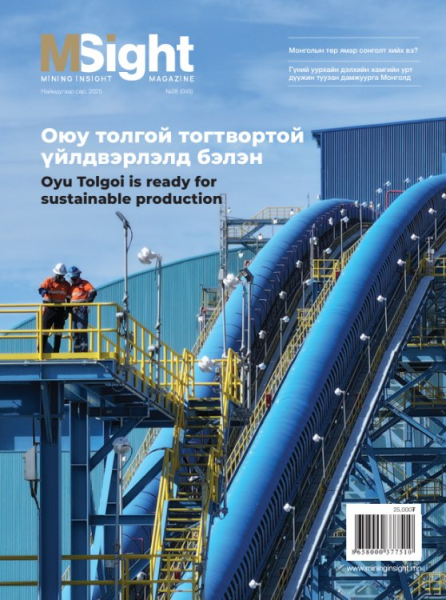 The most important is how all this infrastructure was built without disrupting normal operations a significant achievement in both management and engineering. In this issue, Mining Insight highlights Oyu Tolgoi’s completed construction works and newly deployed technologies. During last month has seen serious accidents at major mines in Mongolia and around the world, resulting in tragic loss of life. Mining production must, above all else, prioritize safety and workers’ lives. At Oyu Tolgoi, the adoption of several advanced systems including the CAS system has been driven primarily by the imperative of safe operation. Readers can find detailed reporting on these new technologies in the following pages. Of course, Oyu Tolgoi’s journey has not been without controversy. Over the past 16 years, the Investment Agreement has been the subject of heated debate and criticism discussions that continue today and will likely persist in 10 or even 50 years. This, however, is not something to fear. What matters most is the practical implementation of the agreement. One of the most important provisions of the Investment Agreement has been sufficiently fulfilled, as readers will see in the interview with E.Ankhbayar, General Manager of Asset Management at Oyu Tolgoi. While the agreement initially pledged that 90 percent of the workforce would be Mongolian, today that figure has reached 97.6 percent.
The most important is how all this infrastructure was built without disrupting normal operations a significant achievement in both management and engineering. In this issue, Mining Insight highlights Oyu Tolgoi’s completed construction works and newly deployed technologies. During last month has seen serious accidents at major mines in Mongolia and around the world, resulting in tragic loss of life. Mining production must, above all else, prioritize safety and workers’ lives. At Oyu Tolgoi, the adoption of several advanced systems including the CAS system has been driven primarily by the imperative of safe operation. Readers can find detailed reporting on these new technologies in the following pages. Of course, Oyu Tolgoi’s journey has not been without controversy. Over the past 16 years, the Investment Agreement has been the subject of heated debate and criticism discussions that continue today and will likely persist in 10 or even 50 years. This, however, is not something to fear. What matters most is the practical implementation of the agreement. One of the most important provisions of the Investment Agreement has been sufficiently fulfilled, as readers will see in the interview with E.Ankhbayar, General Manager of Asset Management at Oyu Tolgoi. While the agreement initially pledged that 90 percent of the workforce would be Mongolian, today that figure has reached 97.6 percent.
E.Ankhbayar also emphasizes that, over the past 16 years, what once was an inflow of foreign specialists to Oyu Tolgoi has transformed into an outflow of Mongolian specialists contributing their expertise to the world. In addition, as noted by G.Erdenebaatar, Director of Construction at MCS Property, the national companies that took part in Oyu Tolgoi’s development are now actively engaging in international mining projects, building on the capabilities and experience they have gained. Since 2010, Oyu Tolgoi has paid MNT 13.1 trillion in taxes and purchased goods and services worth MNT 36 trillion from Mongolian companies. These facts and figures provide ample evidence for evaluating the tangible results of the Investment Agreement. Speculation and conjecture no longer apply to Oyu Tolgoi. The company has already entered the stage of sustainable production on its path to becoming one of the world’s leading copper producers.



